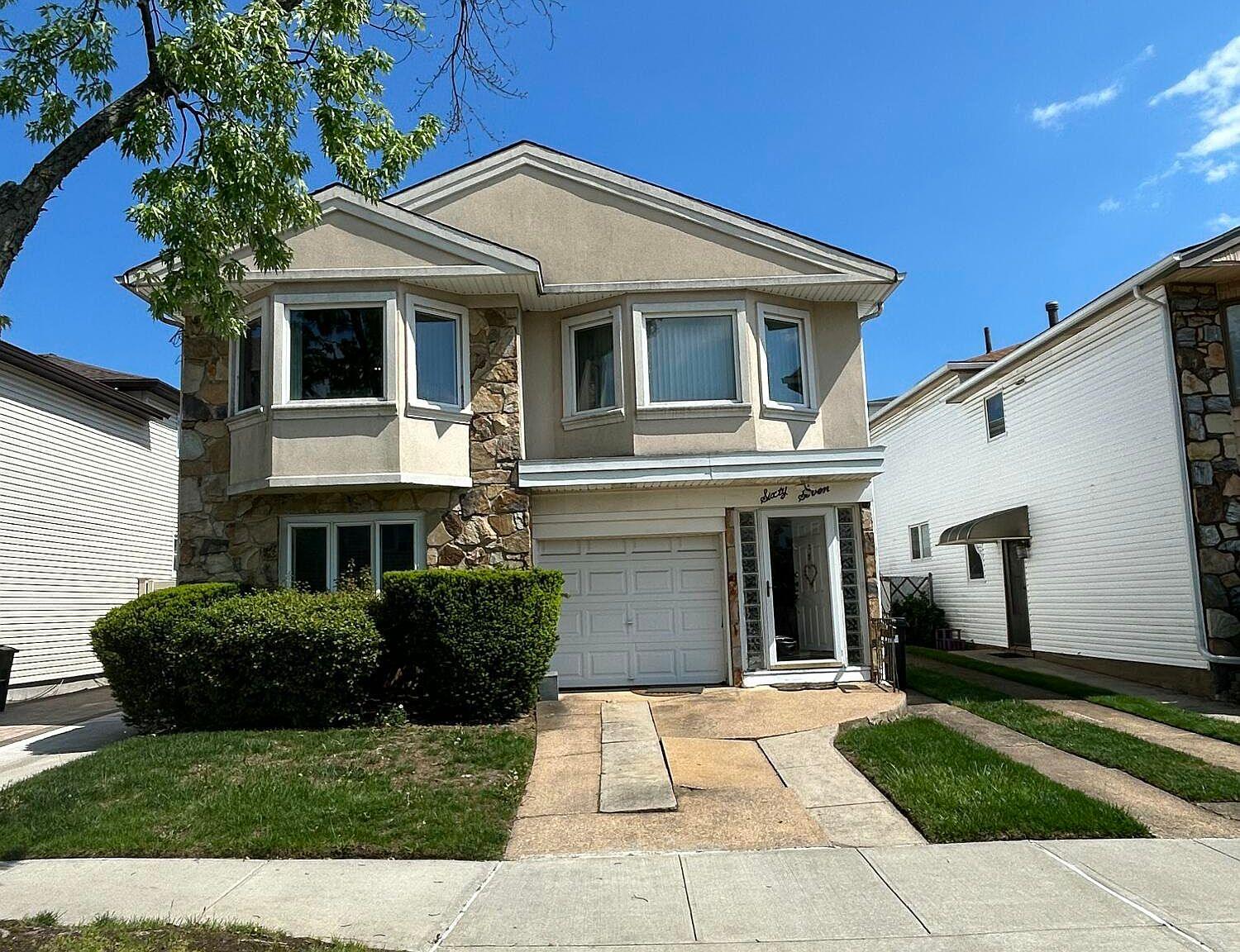Bridgetown’s Renaissance: Historic Capital Embraces Modern Development While Preserving Heritage

A Historic City’s Modern Transformation
Bridgetown is experiencing a bold new chapter with the launch of The Pierhead, a transformative mixed-use development that will bring together homes, shops, restaurants, cultural spaces, and green public areas to create a vibrant community destination within the city’s historic waterfront.
The project has received strong governmental support, with Prime Minister Mia Mottley commending the initiative for its ambition and respect for Barbados’ heritage, describing it as a significant step forward for Bridgetown’s ongoing regeneration.
Infrastructure and Economic Progress
Adding to the city’s development, a significant US$15 million breakwater restoration project is nearing completion, which will strengthen the island’s climate resilience and revitalize its fisheries sector. The restoration project involves 37,000 tonnes of granite armour stone imported from Norway, with approximately 170 metres of the 300-metre structure already repaired.
The economy of Bridgetown and Barbados is poised for sustained growth in 2025 and beyond, with investments focusing on key sectors including tourism, business, utility infrastructure, renewable energy, and food security. These developments are expected to support sustainable growth, stimulate construction activity, and create jobs.
Tourism and Economic Outlook
The tourism sector is set for another strong year in 2025, building on its robust performance in 2024. The demand for Bridgetown’s tourism offerings during the winter season remains robust, with increased forward bookings for the first quarter of 2025. The city is also expecting increased cruise ship activity, with 34 more cruise calls scheduled for 2025.
Heritage preservation remains a key focus, with plans to incorporate historical elements such as Blackwood’s Screw Dock into new developments, while sustainability is central to the vision, ensuring that the waterfront’s natural beauty and resources are protected for generations to come.
